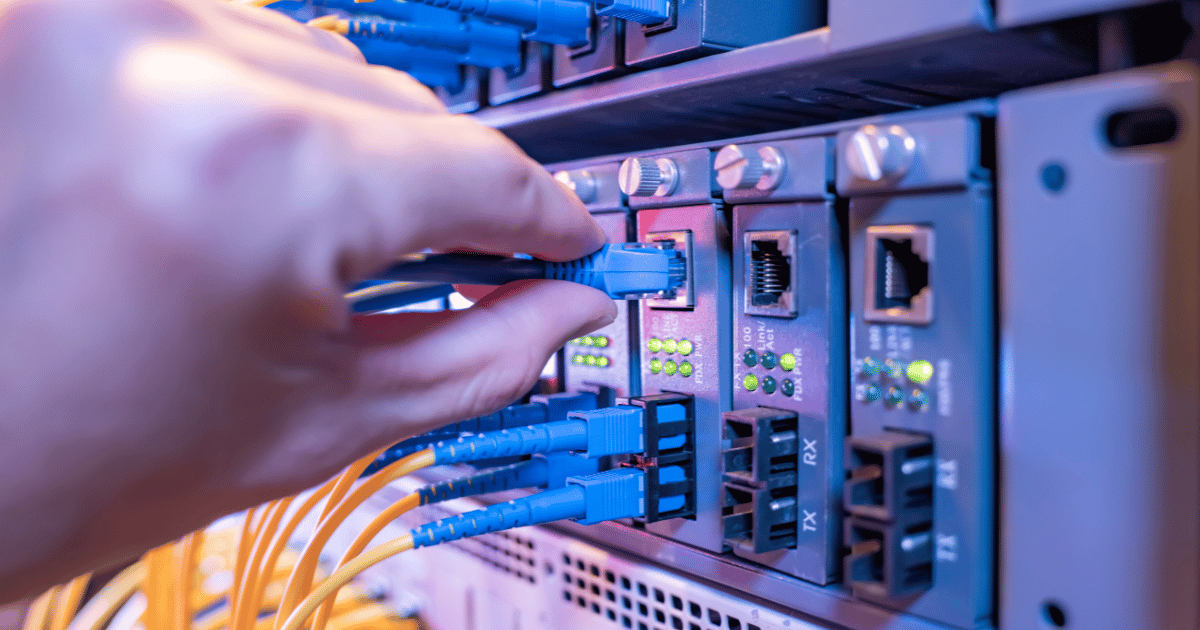Fiber Optic Network Security: Safeguarding Data Transmission

The need for secure data transmission is paramount. Businesses, governments, and individuals rely on the seamless and safe flow of information. Fiber optic networks play a pivotal role in enabling high-speed data transmission, but ensuring the security of these networks is equally critical.
The Backbone of Modern Connectivity
Fiber optic networks serve as the backbone of modern communication systems. They enable the rapid transfer of data, voice, and video signals over long distances with minimal signal loss. Unlike traditional copper cables, fiber optic cables use light signals to transmit data, making them less susceptible to electromagnetic interference. This inherent advantage has led to their widespread adoption across industries.
The Importance of Network Security
As data travels over fiber optic networks, it's vital to ensure that this information remains confidential and protected from unauthorized access or interception. Network security encompasses a range of measures designed to safeguard data integrity, confidentiality, and availability. It is a multi-layered approach that addresses potential vulnerabilities at various points along the data transmission path.
The Vulnerabilities
Fiber optic networks, while highly efficient, are not immune to security threats. Some common vulnerabilities include:
- Physical Intrusion: Unauthorized physical access to fiber optic cables can lead to data breaches. Protecting cable routes and access points is essential.
- Tapping: Sophisticated attackers may attempt to tap into fiber optic cables to intercept data. Encryption can mitigate this risk.
- Data Interception: Data can be intercepted at various points along the network. Secure transmission protocols and encryption play a crucial role in preventing this.
- Distributed Denial of Service (DDoS) Attacks: DDoS attacks can overwhelm network resources, causing service disruptions. Robust firewalls and intrusion detection systems are essential defenses.
-min.png?width=1200&height=630&name=Blog%20Post%20(48)-min.png)
Safeguarding Fiber Optic Networks
Securing fiber optic networks requires a combination of physical and digital measures:
- Physical Security: Protecting the physical infrastructure is fundamental. This includes securing cable routes, locking access points, and using tamper-evident seals to deter intruders.
- Encryption: Encrypting data in transit is a key security measure. Even if intercepted, encrypted data is unreadable without the decryption key.
- Access Control: Implement strict access control policies. Limit access to critical network components and employ authentication measures.
- Firewalls and Intrusion Detection Systems: Deploy firewalls to filter incoming and outgoing traffic. Intrusion detection systems can spot suspicious activity and trigger alerts.
- Regular Audits and Updates: Periodic security audits and updates are essential to identify vulnerabilities and patch them promptly.
The security of fiber optic networks is vital in our data-driven world. By understanding the vulnerabilities and implementing robust security measures, businesses and individuals can continue to rely on the speed and efficiency of fiber optic networks without compromising data security.


